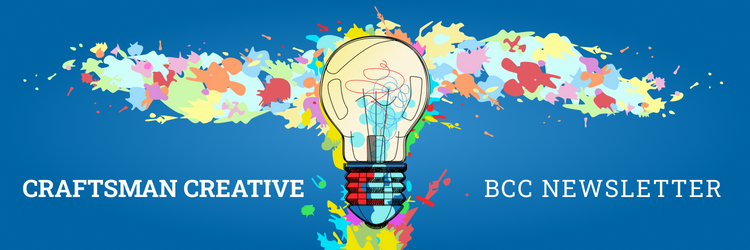Your Business Can Only Have One Goal
I took some time off this week for the kids’ fall break and made our way down to Bryce Canyon. Highly recommended if you get the chance to visit!
One of the best changes I made in the last week was removing Instagram and Facebook from my phone. They have become huge time-sucks in the last few months, and I really wanted some of that time back.
Will power wasn’t enough, so I whipped out the old DELETE button and finally took care of those distractions.
That wasted time was replaced with something I’ve been saying I want to do more of, but my actions weren’t yet supporting: reading more!
This week I read a book recommended by Shawn Twing from Tiny Little Businesses.
The Goal is a fictional story written by Eli Goldratt & Jeff Cox. I didn’t really know what I was getting into, but boy am I glad I had the newly-found free time to read it this week.
What follows are some of my favorite ideas and principles of the book and how you and I can apply them to our creative businesses:
In the book, a fictional company is up against the wall and has three months to save their plant from being shut down. Hundreds of workers, a multi-million dollar company, all gone if they can’t turn things around.
The plant manager runs into his old physics professor who starts asking him about the business and starts to ask questions that reveal he knows a lot about businesses and organizations.
The professor lands this one on the plant manager:
Your problem is you don’t know what the goal is. And, by the way, there is only one goal, no matter what the company.
This was a bit of an eye-opener. It makes sense now that I read it back having the context of the whole book now, but when I read it it hit hard.
It’s surprisingly easy for us creatives to have many goals with our business:
- create amazing work
- reach lots of people
- make a good living
But the truth of the matter is that we can only ever have one goal.
One outcome that we’re looking for.
The trick, however, is to have that goal be multi-faceted.
For example, in the book, this fictional company UniCo decides this:
So this is the goal: To make money by increasing net profit, while simultaneously increasing return on investment, and simultaneously increasing cash flow
That word by is helping them a ton. The goal is to make money, but they get there by increasing net profit, increasing return on investment, and increasing cash flow.
The fictional “guru” who is helping the company through all of this helps them to get even more specific by focusing on three measurements — Throughput (sales), Inventory, and Operational Expense (the money the business spends in order to turn inventory into throughput.
I realized I had the same problem with my businesses. Too many goals, not enough clarity.
I needed to focus on the one outcome that mattered most, that all of the other efforts could be measured against.
Knowing that would allow me to be not only more productive but more certain that I would reach the outcomes that I was after.
What did I come up with?
The goal of Craftsman Creative is to help as many creatives as possible to start, fix, and grow their businesses.
Everything else is measured against that. Does my marketing help reach that goal? Does the content I’m creating — courses, newsletters, podcasts — help reach that goal?
Notice that I didn’t have any mention of money in that goal. That’s not the goal of this business.
My belief is that the money will come the more people I am able to truly help. If there isn’t any money coming in, then it is a sign that I’m not doing a good job helping people in a valuable and tangible way.
There’s one other takeaway that I want to shine a light on from the book:
You have to learn how to run your plant by its constraints
In this book, the author introduces the theory of constraints — that your business can only operate as well as the weakest link, or bottleneck, is able to keep up with the demand on it.
In the example in the book, the plant had two machines that had more demand on them than they were able to keep up with. That was causing all SORTS of problems, and because of those problems, the business was on the verge of being shut down.
Instead, though, by identifying the bottlenecks in the organization the plant manager was not only able to save the plant but turn it into the most profitable in the entire company.
Step one is to identify the core problem or constraint in your business and then to adjust the rest of the system around it.
Meaning — if the constraint is the fact that you cannot create enough work because there are so many hours in the day, then you need to adjust your business accordingly.
- If you’re making enough money, then you can hire some other people to help you create more work.
- If you’re not making enough to do that, then increase your prices.
You can quickly see that by identifying the weak links in the business, everything else becomes that much clearer.
One other example. What if you sell digital products that don’t require any extra time or effort to sell once they’re created?
If you aren’t making enough money, then your issue isn’t with inventory or anything like that, it’s with getting enough traffic and awareness to the company so that you can sell enough product to make the money you need to support your lifestyle.
The constraint in this business is awareness. Focus your effort there and everything else will start working better.
These two concepts — out of many in the book — were well worth the tradeoff of doomscrolling social media for a few hours of reading every day.
What is the one goal for your business? Remember, you can only have one.
Identify the biggest constraint and then adjust your business around it to see the biggest results in the least amount of time.






Member discussion